Installing House Foundation Insulation
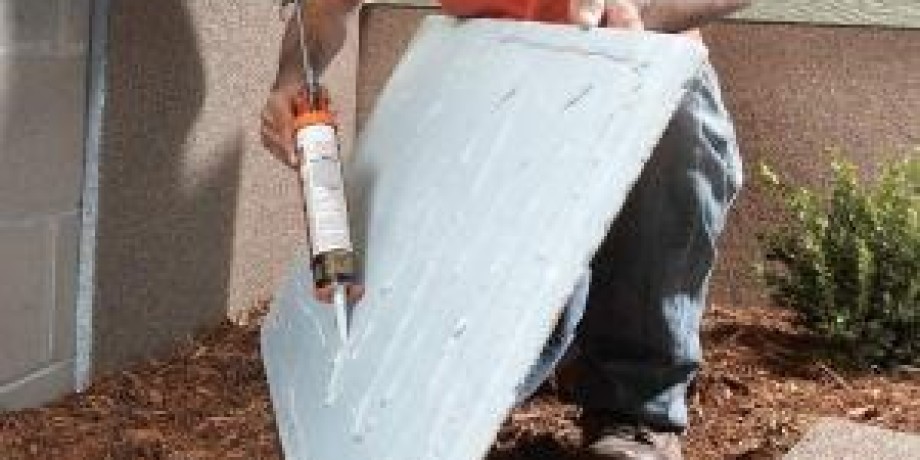
by Mark Row
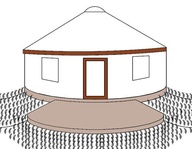 Having a Warm and Safe Home – From Head to Toe
Having a Warm and Safe Home – From Head to Toe
Installing house foundation insulation should be an essential part of every house construction project. Even if this is not the case that is if you have just bought an old house you plan on remodelling, this should be on top of yours to-do list. Not only will proper foundation insulation additionally secure your home’s construction but it will also improve its thermal performance by providing a protecting envelope for the exterior. Namely, it is well known that the ground under the foundation is a great source of cold and moisture due to all the natural processes taking place in the soil, like water movement, salt settlement etc. This is why is it is important to insulate the named processes and keep them where they belong.
There are some practical and economical benefits of having an insulated foundation. Firstly, the insulation will protect the bottom floors, regardless of whether you have a basement or a residential space constructed directly onto the ground. All the cold air, condensation and moisture will be kept down low and thus keep the building protected from external effects. Also, this will lead to an economical benefit in lower electricity bills, since your inner temperature will be much more comfortable and bearable to handle, again in both your basement (which you can turn into a living space) and your bottom floors.
Finally, the insulation will depend on various factors, including the climate area, how well are bottom floors heated, is the floor going to be insulated, how well is the soil drainage system functioning and probably the most important – whether you are dealing with slab-on-grade foundation, a basement space or a crawl space that needs to be insulated.
Slab-on-grade Insulation
Heat loss in slab-on-grade foundations is very common, especially at the exterior grade. This is why it is important to provide a thermal break, in order of preventing creating thermal bridges going from the slab to the exterior, thus influencing the heat transfer and lowering the inner temperature. Slab-on-grade foundations can be insulated either on the slab (footing) edge exterior or between the slab and footing interior.
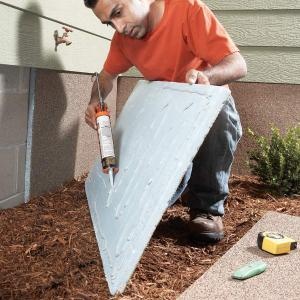
Adding Rigid Insulation Boards
The exterior edge of the slab and the footing is insulated by adding board insulation which is laid on top of the slab and the footing, thus reducing the heat loss. On the other hand the material should always be extended a few feet over the slab and footer edge, in order of building a more shallow footing and protecting it from freezing. Finally, the insulation material should be covered with some resilient material like cement or metal and protect it from potential damage. Another way is insulating between the slab and footing which will protect the slab from colder footing and also protect the insulation more adequately from insects and other damage.
This way you will make a protective envelope for the floor which will b separated from the underground processes and thus less influenced by it, being also very easy to install, especially if you are conducting a refurbishment project. On the other hand, this is probably not the best solution in extremely cold or hot climates and also requires an adequate fire protection membrane.
Crawl Spaces Insulation
Insulating a crawl space will depend on whether you have decided to ventilate the space in order of preventing moisture problems or you just want to seal it all the way through.
One option is to seal all the gaps in the floor above in order of preventing the air from getting to the upper floors. The insulation material, usually batts or rolls are laid between the joists, tightened to the joists by using some kind of mechanical fasteners like support wires in order of preventing it from falling out in time. The foundation insulation material is then covered with vapor barrier facing upward.
On the other hand, if you want to completely seal up the crawl space, firstly fill all the holes and depressions and cover entire underground space with a layer of plastic sheeting, overlap it, cut around piers and run it to the foundation walls. You can additionally secure the plastic by using some tape which will hold the plastic sheeting in place. You can insulate the crawl place by using rigid boards placed on the perimeter around the foundation.
Basement Insulation
If you are dealing with a basement which separates the rest of your home from the ground, know that you could insulate the foundation both externally and internally. Basically, insulating exterior walls from the outside is usualy done in the construction phase, and you can add insulation to the inner side of the exterior walls later.
When opting for exterior insulation, not that the drainage system must be properly dealt with meaning that it should consist of perforated plastic pipe, washed gravel and filter fabric. Another important thing is that entire foundation, from the footing to the finished grade, should be covered with a damp-proofing membrane and finally covered with some rigid insulation. This way, you will deal with thermal bridging problems, protect the damp-proofing membrane, prevent foundation from freezing and prevent condensation.
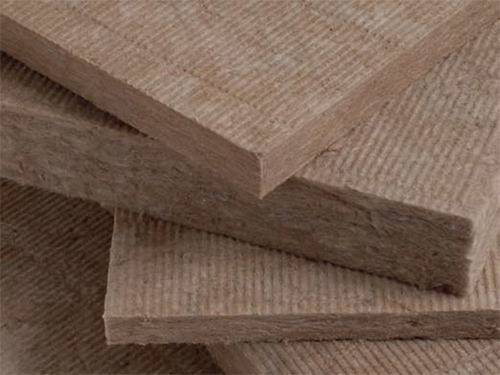
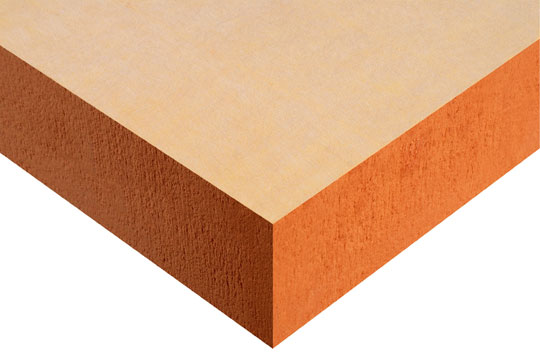
If you have chosen interior basement walls insulation, as a simpler solution, know that there is a much wider range of products that can be used, like rock wool or some type of rigid insulation boards (like PIR or PUR boards), where the installation process is pretty straightforward and basically a DIY project. On the other hand what can be potential disadvantages of this type of foundation insulation is this will take some of the interior space (which could be a problem if you are thinking of turning the basement space into a living space), but also leave the damp-proofing unprotected and the insulation material and the interior exposed to moisture from the ground.
For more information on house foundation insulation products read related blog articles and product descriptions on our website. If you have any questions please post them in the comments below.




































































































































